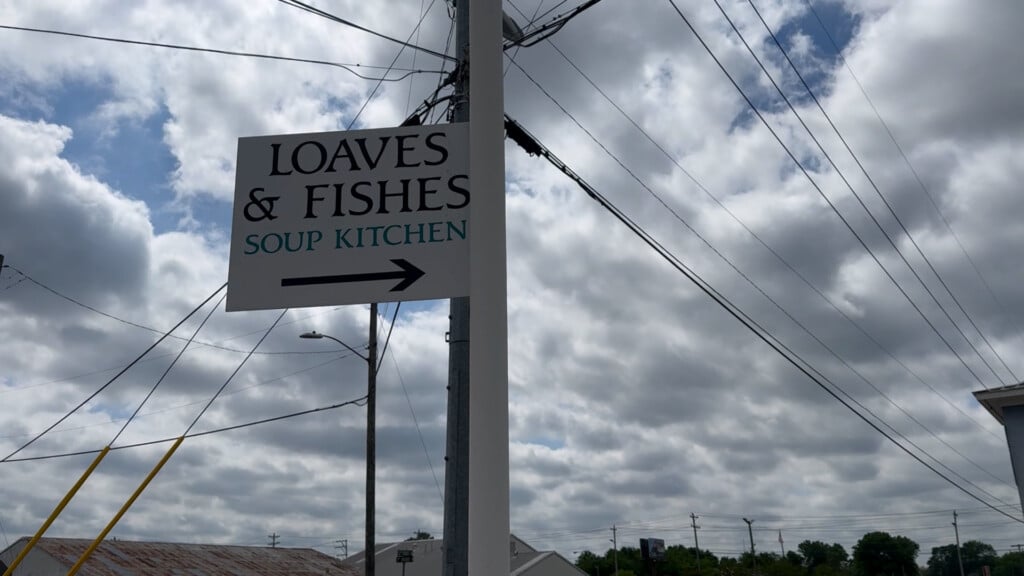Plans for railroad improvements on track in All America City
Grants will help with several projects including initial work on moving switching operations from Crosstown
TUPELO, Miss. (WCBI) – It is a common sight at Tupelo’s busiest intersection, a train stopped on the tracks. Switching operations are near the Crosstown Intersection, which catches motorists and first responders when trains have to stop, pick up cars, and continue.
“If people travel through, they look to the southeast, they will see those siding tracks, railroad drops cars to pick up, other trains come and pick up the cars to take to Memphis or Birmingham,” said Tupelo City Engineer Dennis Bonds.
He says a $7.7 million federal grant will help with engineering and design work to move the switching operations southeast, near the Private John Allen Fish Hatchery. It is one part of a three-phase project for rail improvements in the city.
The first phase will include the construction of an overpass at the railroad crossing on Eason Boulevard, near the Goodyear Plant.
“It will mean access to our medical center at all times, where we don’t have to wait on a train, potential to save lives,” Bonds said.
The second phase includes the establishment of quiet zones. That will mean safety upgrades at crossings throughout the city. Once those are established, trains won’t have to sound their horns at every crossing, unless there is an emergency.
“It will mean an improved quality of life and will create economic development opportunities for people who would have considered locating next to a train track they wouldn’t have considered before,” he said.
Bonds says re-locating the switching operations and easing congestion at Crosstown takes a lot of work and cooperation from government agencies at the local, state, and federal levels.
“The exciting part is we have made progress, no time like the present we will continue working on it and every opportunity to pursue funding, work, we will make moves to do that and benefit Tupelo and the entire region,” Bonds said.
Moving the switching operations is by far the largest and most expensive part of the three-phase plan and while it is too early to set timelines for the project, this is the first time a solid plan is in place, with tax dollars to back it up.
Initial estimates show moving the switching operations will cost around $50 million.




